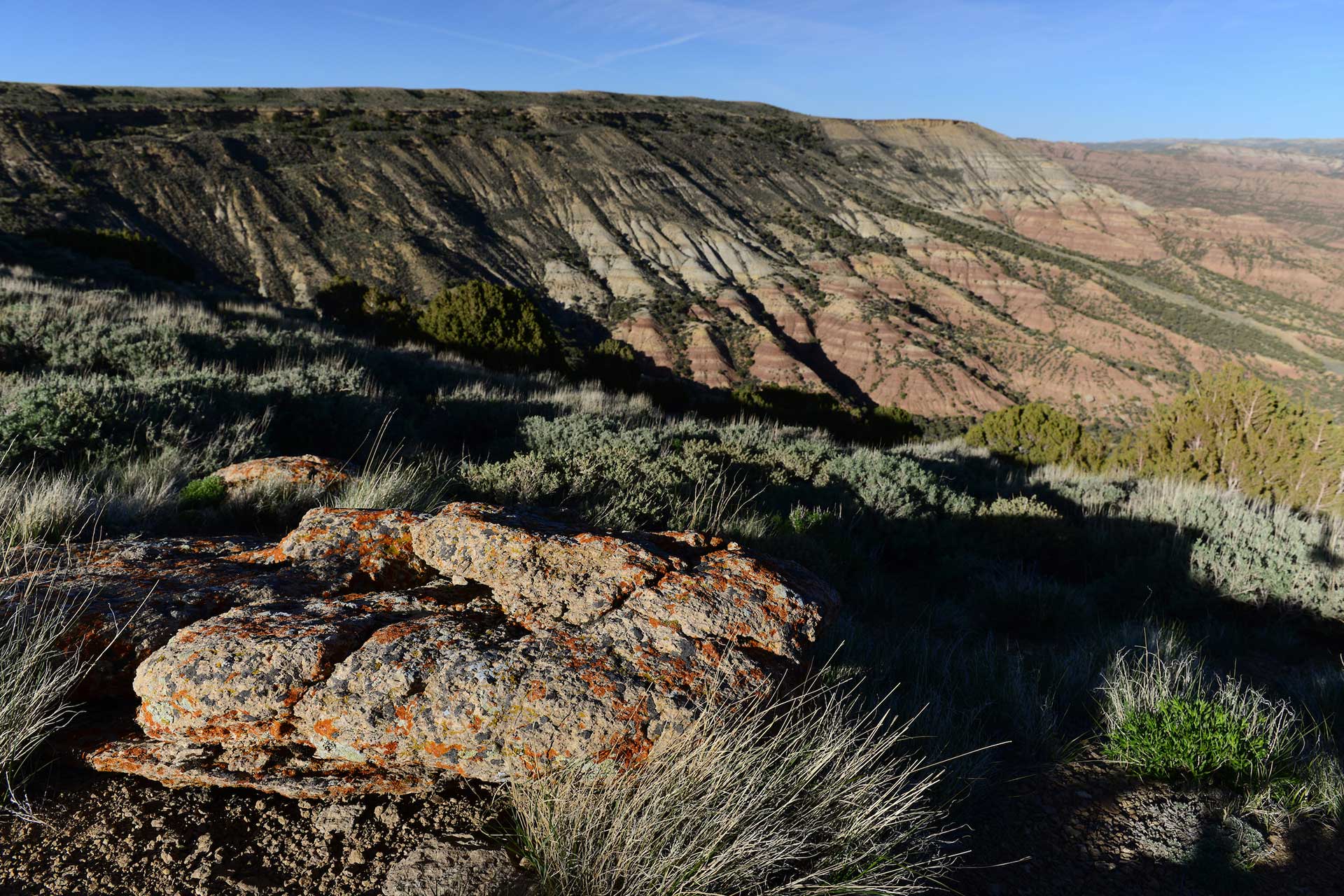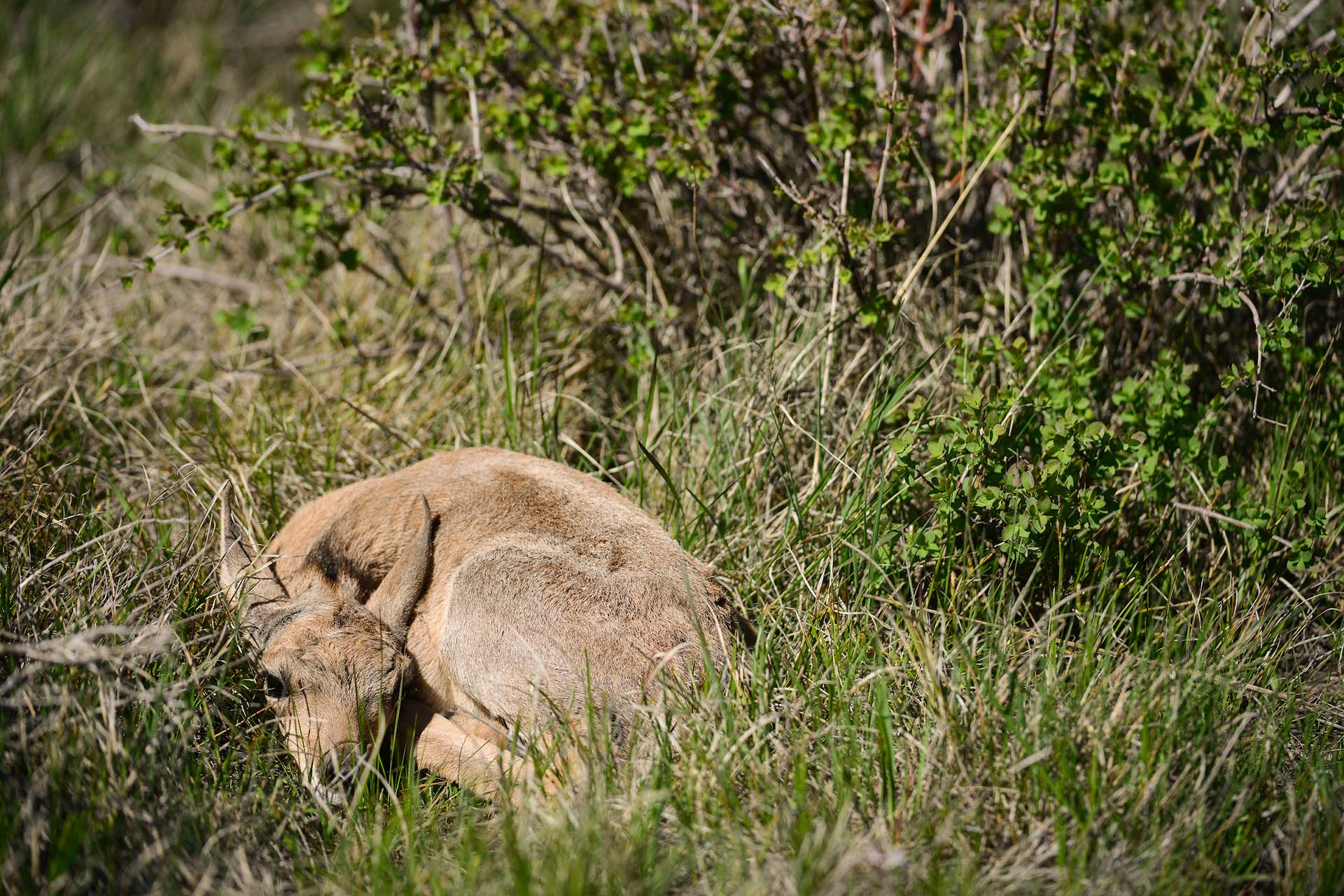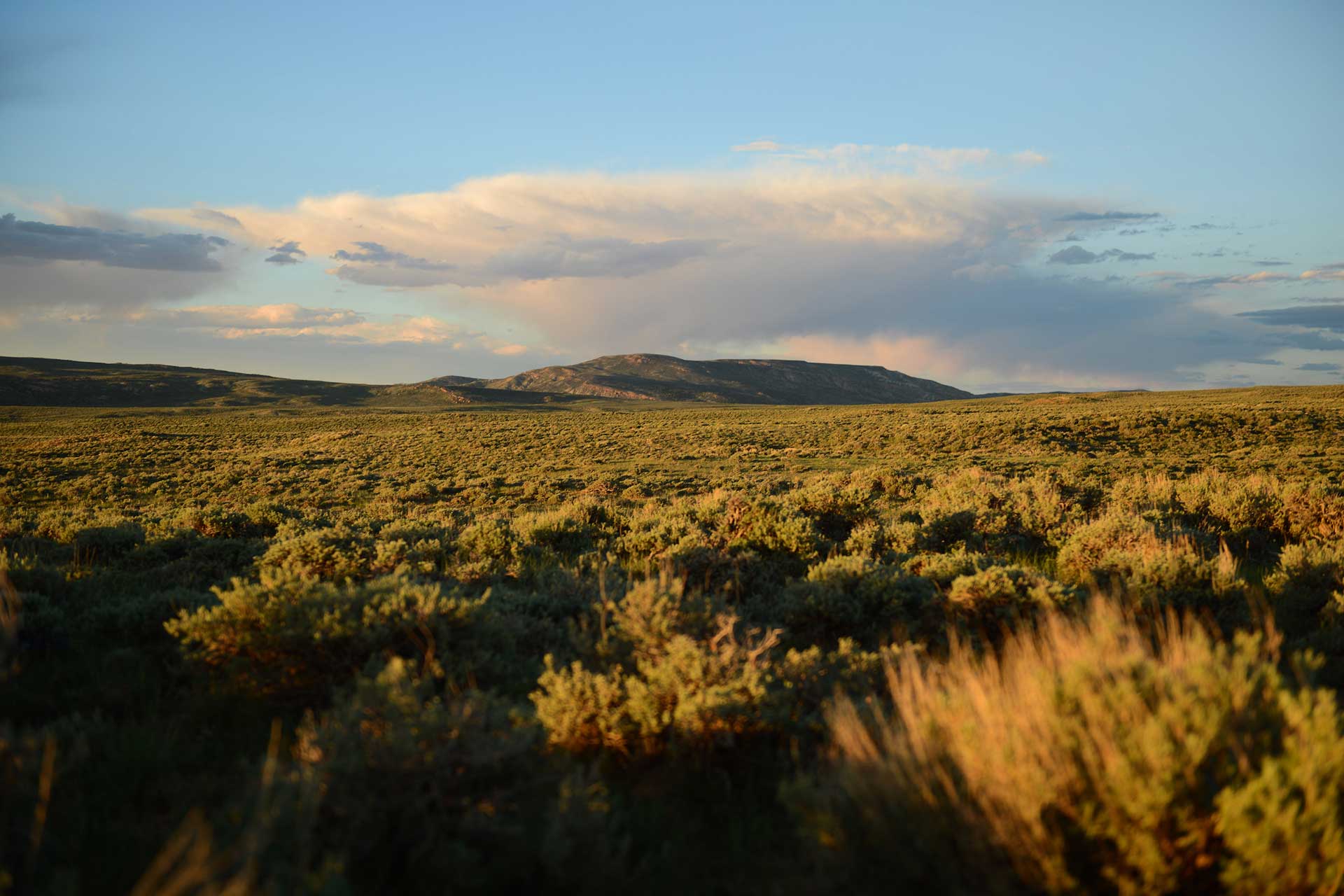Where
The Greater Little Mountain Area (GLMA) is a magical high desert region of over 500,000 acres in southwestern Wyoming’s Sweetwater County. This habitat of badlands, aspen groves and pine forests – simultaneously rugged and fragile – is one of Wyoming’s most sought after hunting grounds for mule deer and elk, and holds intimate streams that shelter Colorado River cutthroat trout.
Rio Grande del Norte
Why
Native Colorado cutts in a distinctive high desert environment.
“I enjoy spending time in the desert hiking and looking for pioneer and Native American relics, and that’s how I first came to GLMA,” said Scott Neff, a member of the Seedskadee Chapter of Trout Unlimited. “I didn’t fish there until I joined TU, and then I discovered Trout Creek. It’s an itty-bitty stream, three feet across or so. It’s tough to fish, especially when the grass is growing over it. But it has lovely Colorado River cutts. Some will get to 12 or 14 inches. Red Creek is even smaller, maybe two feet across at its widest point, and also has beautiful little cutts.”
The fishing is special at GLMA. But the availability of a place to do things with his family is of even greater importance.
“It’s invaluable, having access to public lands where we can play in the desert, fish and learn about conservation. Both of my daughters caught their Colorado cutts for the Wyoming Cutthroat Slam (a program that challenges anglers to catch all four of Wyoming’s native cutthroat) here. Greater Little Mountain has inspired my eldest, Janae, to want to be a wildlife biologist.”
It’s invaluable, having access to public lands where we can play in the desert, fish and learn about conservation.
Scott NeffTU Initiatives
In partnership with the Seedskadee TU Chapter, the Bureau of Land Management, Wyoming Game and Fish Department and other NGO partners, Trout Unlimited has engaged in several restoration projects in the GLMA. One, led by high school junior Janae Neff, involves the installation of a steel jack fence (made from welding old oilfield drill pipes) along sections of Red Creek to prevent moose and elk from foraging on shade-providing trees. Understanding the importance of a collaborative, localized approach to maintaining the well-being of the GLMA, TU has partnered with the Greater Little Mountain Coalition. The Coalition is dedicated to conserving the unique landscapes and balancing energy development with abundant fish, wildlife and recreation opportunities in the Little Mountain area.
Support public lands and look good doing it!
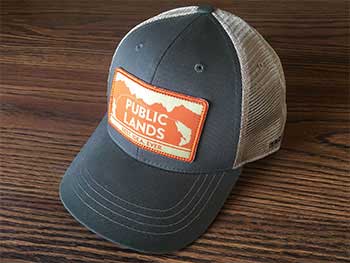
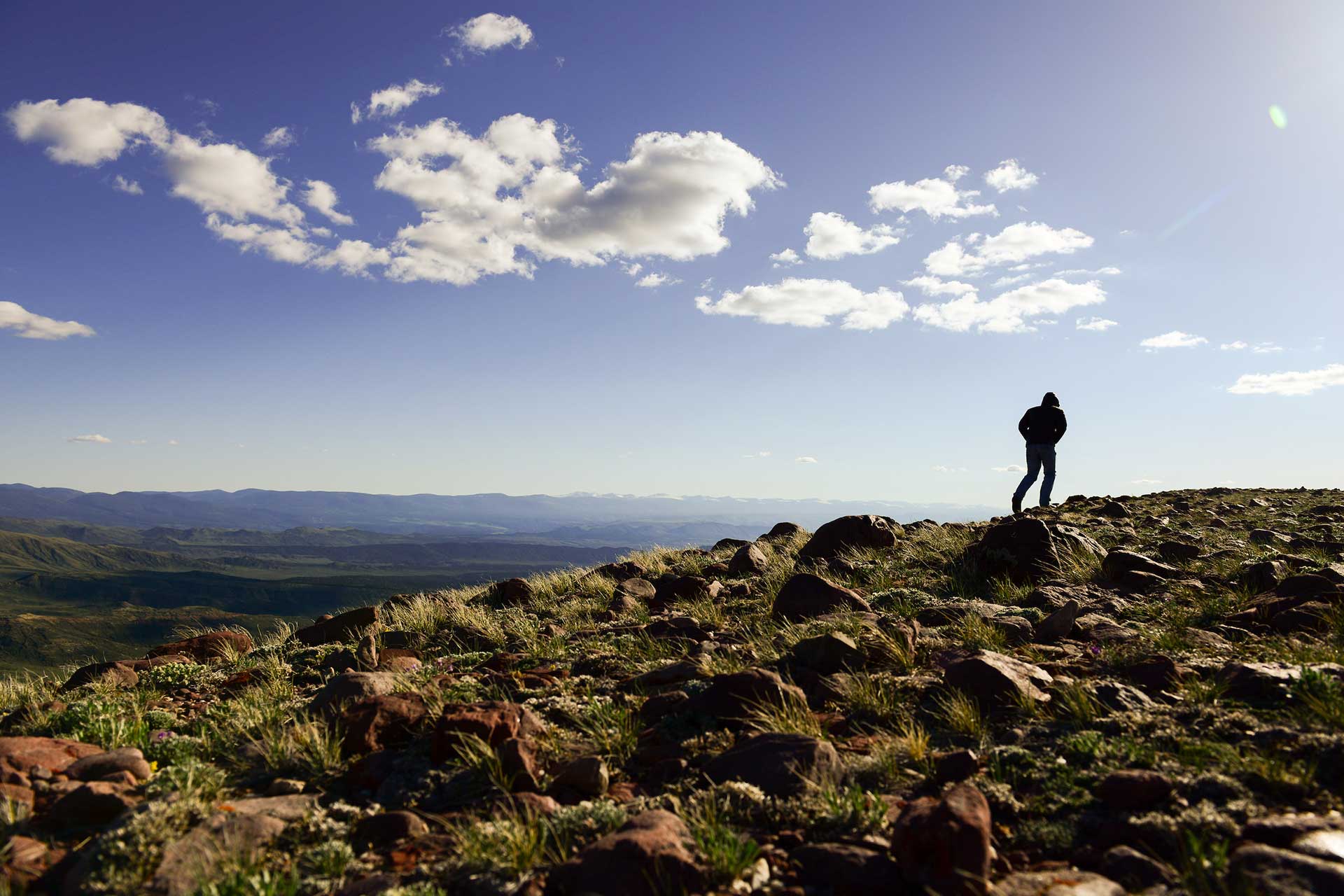
Make a Difference
Hunters and anglers recognize that our country needs energy and we know it is possible to develop resources and protect vital fish and wildlife habitat at the same time. But we also know from experience that irresponsible development negatively impacts fish and wildlife populations and hunting and angling opportunities. Check out this report from Sportsmen for Responsible Energy Development to learn more about responsible energy development and go to standup.tu.org to tell decision makers to support policies that balance energy development with the conservation of fish and wildlife in places like Greater Little Mountain.



